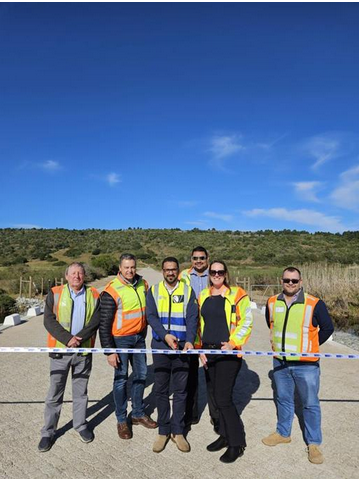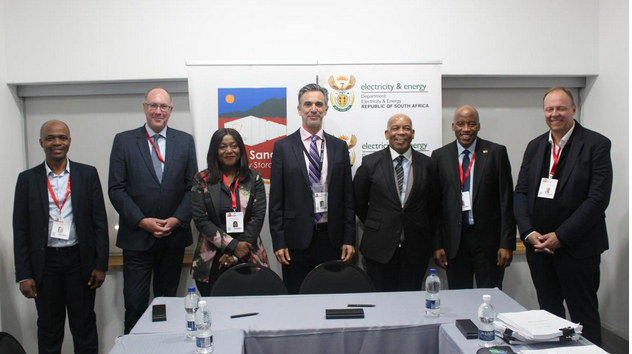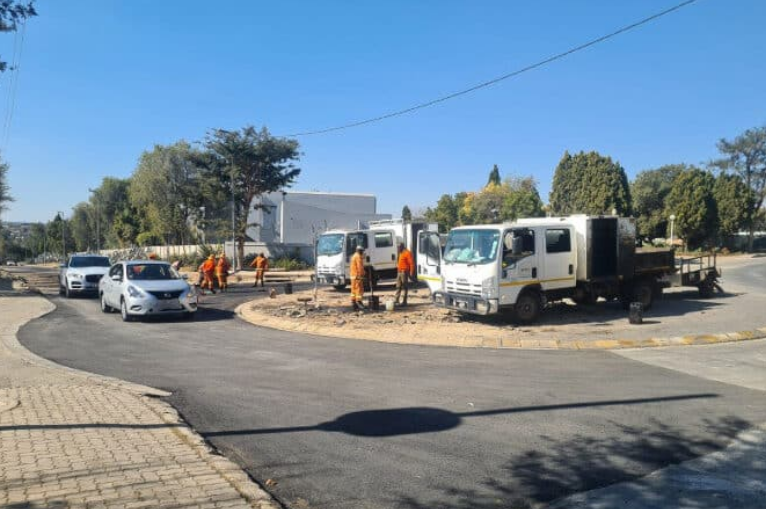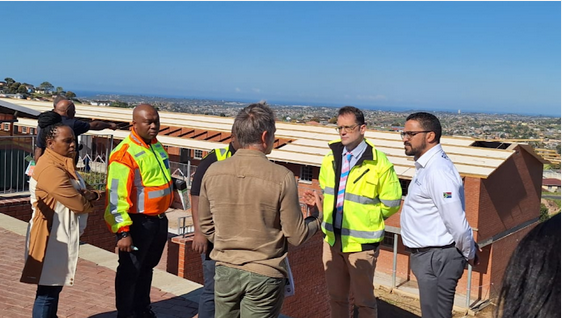Could SA’s gold mining industry be gone by 2020?

Advertising
28-05-2015
Read : 120 times
Mineweb
Source
The South African mining industry is in trouble. That is not in question. The only debatable point is exactly how much trouble it is in.
The industry on which this country’s modern economy was built has been stuttering since the global financial crisis. What investors and anyone else with an interest in mining’s role in the economy wants to know, is where this is headed.
Are we nearing a point where we will start to see a turnaround? Or is there a chance that things will simply continue to deteriorate?
Speaking at the JSE’s Power Hour in Cape Town, Peter Major, mining specialist at Cadiz Corporate Solutions, warned that one must be wary of thinking that things will always revert to an historically established mean. The mining environment in South Africa has changed so much over the last few decades that “the old rules no longer apply”.
“South Africa is the world’s richest country in terms of mineral resources,” said Major. “We have more resources than Russia and the US combined. This was the greatest mining country in the world for 100 years, but it’s not anymore.”
Major pointed out that issues like government interference, the power of and conflict between unions, and BEE legislation, have all contributed to a situation where mine productivity has dipped dramatically.
“Who’s in charge?” he asked. “The answer is somewhere between nobody and everybody, and both are detrimental.”
He is particularly concerned about the legal minefield that the industry has become.
“Nothing improves productivity when it’s legislated,” says Major. “I’ve never seen it or heard it. And mining has more legislation to deal with than any other industry.”
An industry in decline:
Despite South Africa’s wealth of resources, the country has steadily been losing ground against other commodity producers because miners are simply no longer able to operate as efficiently or effectively as they once did.
“We have 6 152 abandoned mines in South Africa,” Major said. “We went through the greatest commodity boom the world has ever seen, but it’s is all over now and all we have show for it is 6 000 mines that didn’t re-open.”
The greatest decline has probably been in the gold industry, where South Africa has slipped from dominating the global industry to being a bit player. In the 1970s, South Africa produced 80% of the world’s gold, now it accounts for around just 5% of global output.
“In 1979 we earned $35 billion from gold,” Major said. “Now we barely get $6 billion, and the country is hurting not getting this money.”
The commodity boom at the start of this century should have allowed South Africa’s mines to flourish. However, poor decision making handicapped the industry.
“When commodities went up in the 70s, the earnings of our gold mines rocketed,” Major said. “But in the last run, gold went up higher and stayed up longer, but earnings hardly got off the ground.”
Management no longer in charge:
Major is worried that management has lost effective control over their operations. The government and unions have more say than the mining companies, and their priorities, he argued, often work to the detriment of the industry.
“In the 70s, management had control over their mines,” says Major. “If you could predict commodity prices, you could predict earnings because mining companies in South Africa controlled costs better than anyone on the planet.”
This ability to control costs has largely been taken out of the hands of mining companies, and if the gold price falls, it could mean that they are simply unable to save themselves.
“The long-term gold price is $540 per ounce, so anybody who believes in reversion to the mean must be losing sleep,” Major said. “I think there’s a lot more reason to believe gold is going to $800 per ounce than going to $1 600 per ounce.
“I don’t think any mines make money at even $1 000 an ounce,” says Major. “They will if they lay off most of the workforce and change their practices, but that will take three to four years. ”
Will gold miners even see 2020?
In 1987 South Africa had 65 gold mines employing 550 000 people. That created more than 1 million ancillary jobs.
Now the country has just 15 gold mines with around 100 000 employees, creating no more than 400 000 ancillary jobs.
“Gold mining has as lost 1 million people in 30 years,” says Major. “People say our gold mines are closing because of lower grade ore, but we know better than that. It’s not about grades, it’s about efficiencies and cost. We’re taking out as many ounces of gold per employee now as we were in 1907 when we were using picks and shovels.”
Major argued that what South Africa’s gold mining industry desperately needs is to get away from the idea that the industry can be changed through major overhauls. He advocated the Japanese idea of “Kaizen”- the law of incremental improvements.
By taking one step at a time, understanding what works and what doesn’t, the industry may be able to re-establish the efficiencies that once made it the envy of the commodity-producing world. But if this doesn’t happen, the total demise of South Africa’s gold mines may not be very far off.
“It used to be we were the only country that could make money on gold and the rest of the world couldn’t,” says Major. “That has turned around. Gold production here could be zero by 2020. And that means that employment on the gold mines could be zero by 2020.”
Recent News
Here are recent news articles from the Building and Construction Industry.
Have you signed up for your free copy yet?









